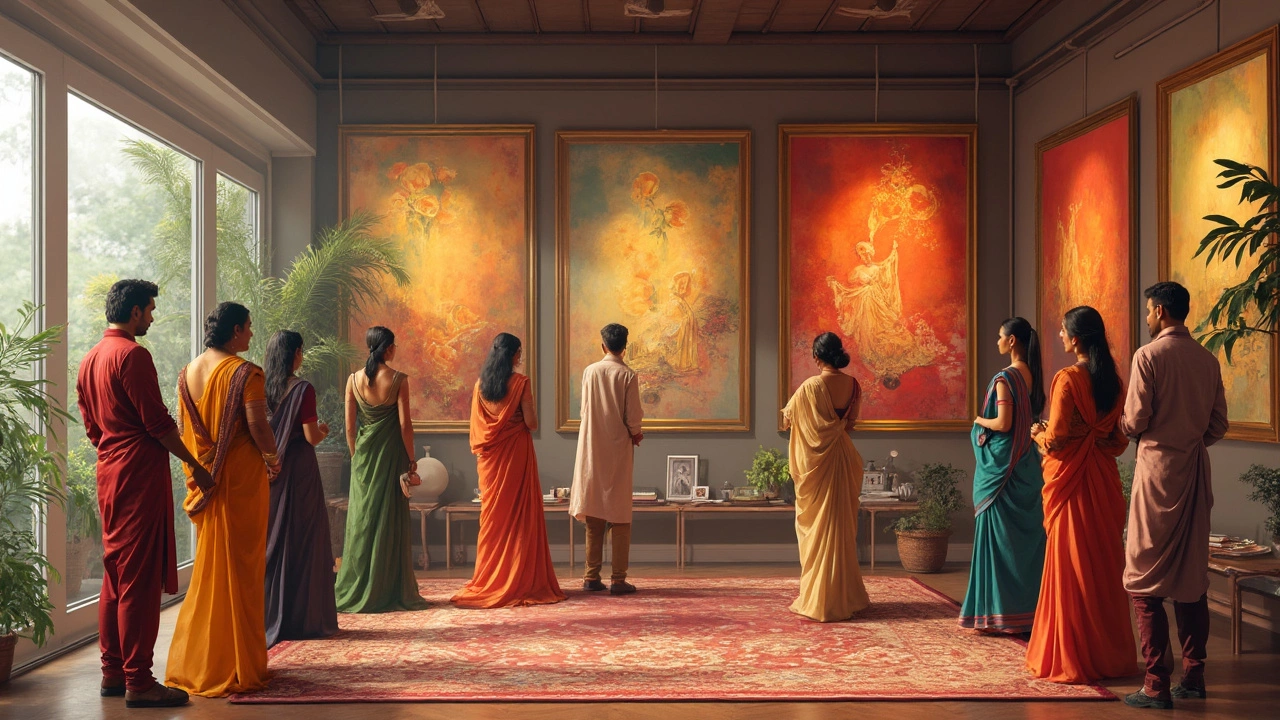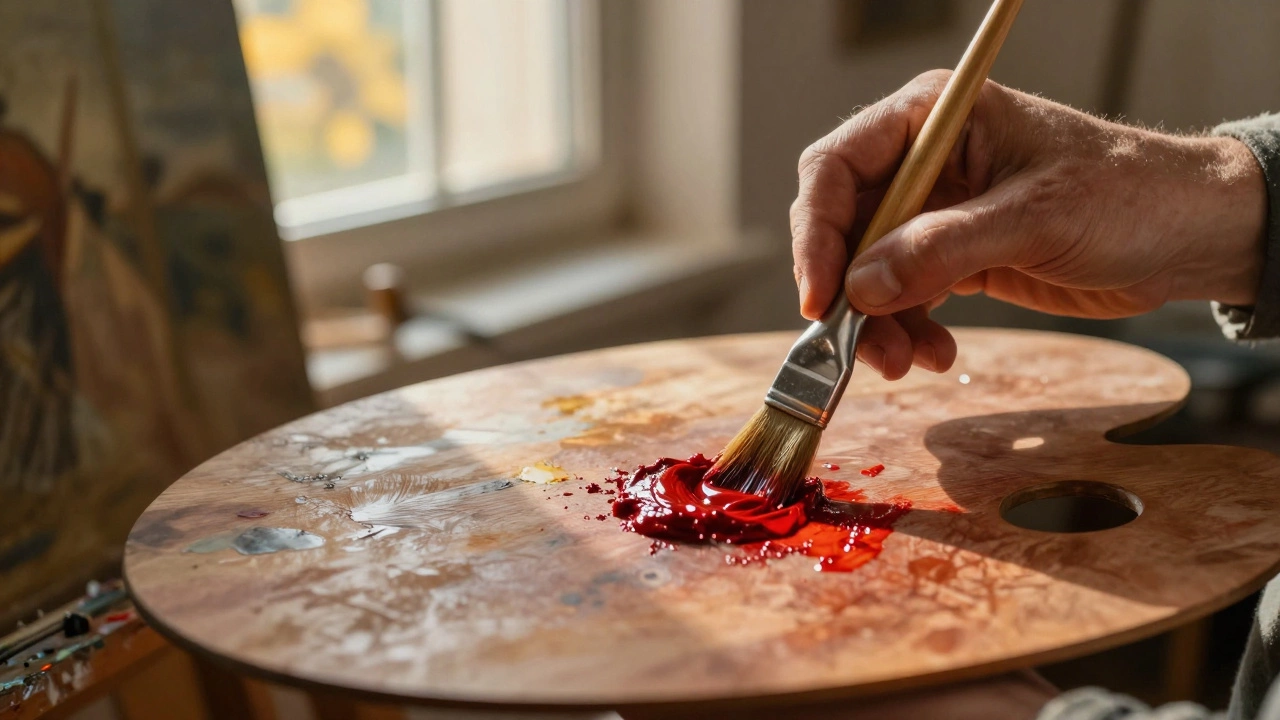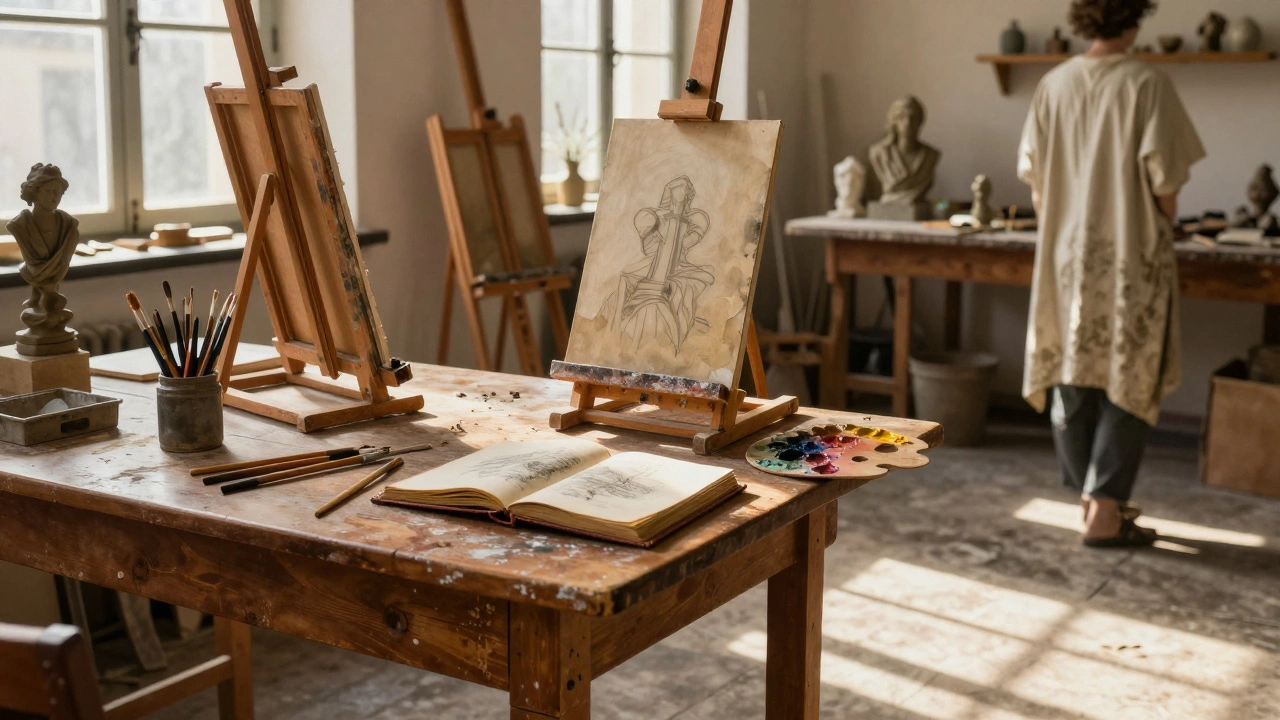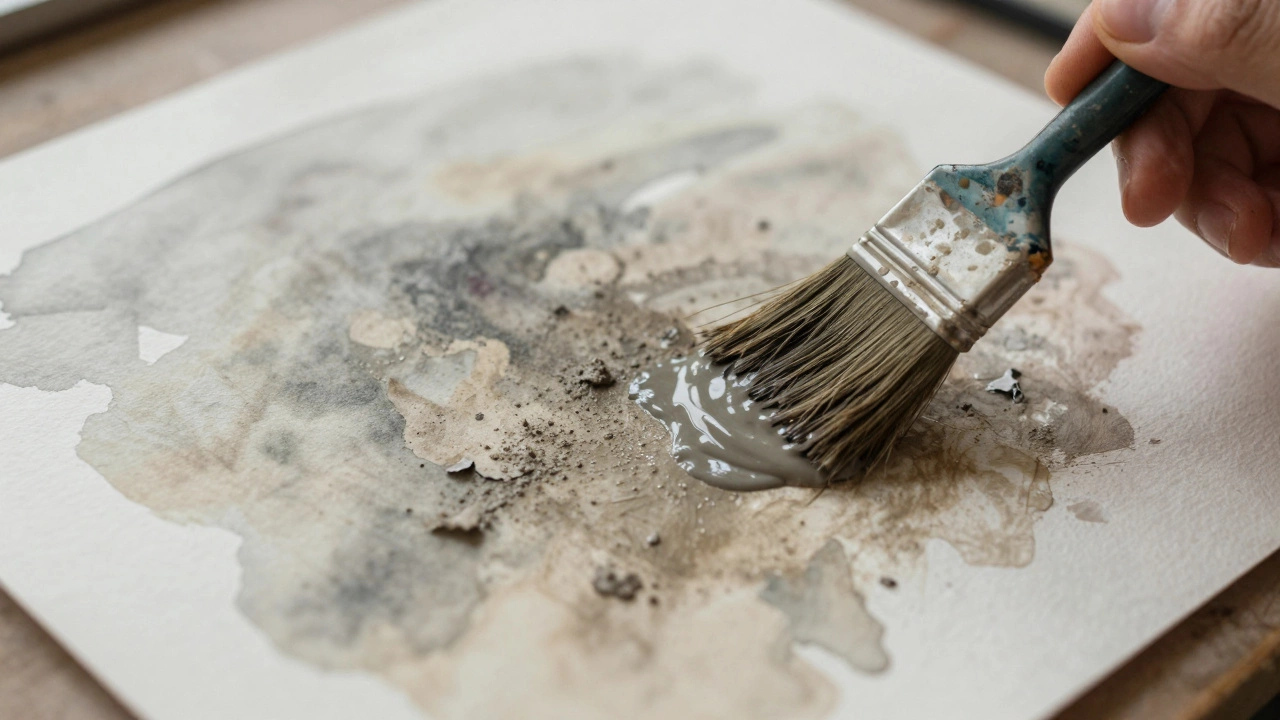The world of fine art photography can be a little elusive, especially when it comes to figuring out who the big earners are. Ever wondered who commands top dollar for their prints? We're not just talking a few thousand bucks here and there—some photographers fetch millions. Let's kick things off with a peek at the leading figures in the scene. Who is topping the charts as the highest-paid photographer? It's likely one of the legendary names you might expect, but let's explore what really boosts their earnings.
Behind every sky-high paycheck, there's a fascinating combination of skill, market demand, and sometimes a bit of luck. The value of a photograph isn't just in the image itself but also in the name behind the lens. So, what do these photographers do differently? It all boils down to their unique perspective, their ability to capture something universally appealing, and often, their savvy market presence.
Besides just art, there's a whole market system determining the worth of these photographs. Collectors, galleries, and auctions—all play a role in the ecosystem where fine art photographers thrive. Knowledge of this market is key. Understanding this can give aspiring photographers insight into the potential pathways to success.
- The Leaderboard: Top-Earning Photographers
- Behind the Numbers: Earnings Explained
- Secret to Success: What Sets Them Apart
- Understanding the Art Market: Why Fine Art Photographers Thrive
- Aspiring to Greatness: Tips for Photographers
- Making Your Mark: Creating Value in Your Work
The Leaderboard: Top-Earning Photographers
When it comes to fine art photography, some photographers are raking in incredible sums, making them the envy of the art world. Let's dive into who these top earners are and why they command such high prices for their work.
Andreas Gursky
First on our list is Andreas Gursky. Known for his large format, highly detailed prints, Gursky has achieved staggering auction records. His piece "Rhein II" was sold for an astounding $4.3 million in 2011. His approach emphasizes a broader perspective, capturing the grand scope of landscapes and human environments.
Cindy Sherman
Next, we have Cindy Sherman, famed for her conceptual self-portraits, which challenge traditional roles and identity. Her photographs are highly collectable, with prices easily reaching seven figures. What's unique about Sherman is her ability to evoke storytelling within a single frame, inviting viewers into a narrative.
Richard Prince
Richard Prince, controversial yet undeniably profitable, is another name on the leaderboard. Known for his "rephotographs," Prince explores themes of appropriation. His "Untitled (Cowboy)" was sold at auction for a whopping $3.4 million, illustrating his strong market pull despite debates surrounding his methods.
Table of Top-Selling Photographs
| Photographer | Photograph | Sale Price (USD) |
|---|---|---|
| Andreas Gursky | Rhein II | 4.3 million |
| Cindy Sherman | Untitled #96 | 3.89 million |
| Richard Prince | Untitled (Cowboy) | 3.4 million |
These top earners are more than just photographers; they're trendsetters who define the conversations in fine art photography. Their work is more than a photograph—it's an exploration, an idea, and sometimes a statement on society itself.
Behind the Numbers: Earnings Explained
Ever wondered what makes a fine art photographer rake in the big bucks? Let's break it down. These figures aren't plucked out of thin air. It's a blend of artistry, reputation, and a bit of market magic.
Artistry Meets Market Demand
It all starts with the photograph itself. A picture that speaks volumes, connects emotionally, or showcases technical brilliance can quickly become a hot commodity. But, pairing this with market demand is crucial. If a photographer's style is in vogue, prices naturally follow suit.
The Power of a Name
Names matter—a lot. Just like a designer label, a photographer known for consistently groundbreaking work can sell at premium prices right out of the gate. How do they build this name? Consistent quality, notable exhibitions, and getting noticed by influential galleries and curators.
Exhibition and Sales Channels
Where the photograph is sold or showcased makes a huge difference. Prestigious galleries and auction houses elevate a photographer's profile—and their price tag. The network of relationships with agents, gallery owners, and collectors can make or break a sale.
The Role of Limited Editions
A common strategy among fine art photographers involves selling 'limited editions' of prints. These are capped at a certain number, after which no more prints will be made. This exclusivity boosts the image’s perceived value. Scarcity, after all, tends to drive prices up.
| Aspect | Impact on Earnings |
|---|---|
| Artistry | High |
| Reputation | Very High |
| Market Demand | Moderate to High |
| Limited Editions | High |
Combine these elements, and you've got a recipe for hefty earnings. Each is like a cog in a machine that, when clicking together, can make a fine art photography piece worth millions. Understanding and leveraging these factors is key for anyone looking to make it big.
Secret to Success: What Sets Them Apart
So, what exactly makes these fine art photographers stand head and shoulders above the rest? It isn't just about owning fancy gear or snapping pretty pictures. Let's break down some of the key elements that contribute to their skyrocketing success.
Unique Vision and Style
The most successful photographers have a distinct style that sets their work apart. Think of it as a brand identity but in visual form. People want art that's instantly recognizable and has a personal touch. A unique vision is what keeps admirers coming back for more.
Storytelling Ability
Beyond aesthetics, these photographers excel at storytelling through their work. Each photo has a narrative that resonates with viewers, adding layers of depth and meaning. It's not just a picture—it's an experience.
Strong Market Presence
Having a strong presence in the art market is another crucial factor. This means getting represented by galleries, participating in major exhibitions, and having a foothold in the auction scene. Networking and marketing skills are just as important behind the camera.
Critical Acclaim and Awards
Recognition by critics and awards can dramatically elevate a photographer's status. It gives their work tangible credibility and often becomes a ticket to elite circles in the art world.
Collector and Fan Base
A loyal base of collectors and fans who routinely purchase and promote their work can significantly boost a photographer's revenue. This network provides a steady income stream and spreads their reputation through word of mouth.
Here's a quick recap to visualize these success factors:
| Success Factors | Description |
|---|---|
| Unique Vision and Style | Create personal and identifiable art |
| Storytelling | Convey narratives and deeper meanings |
| Market Presence | Involvement in galleries and exhibitions |
| Critical Acclaim | Get reviews and awards for credibility |
| Collector and Fan Base | Build loyal buyers and promoters |
You might think it's practically impossible to break into this world, but starting with a distinct voice and building connections can open doors. These photographers are proof that a blend of creativity, business acumen, and perseverance can pave the way to earning the big bucks. So, if you've got a camera and stories to tell, it's time to get snapping!
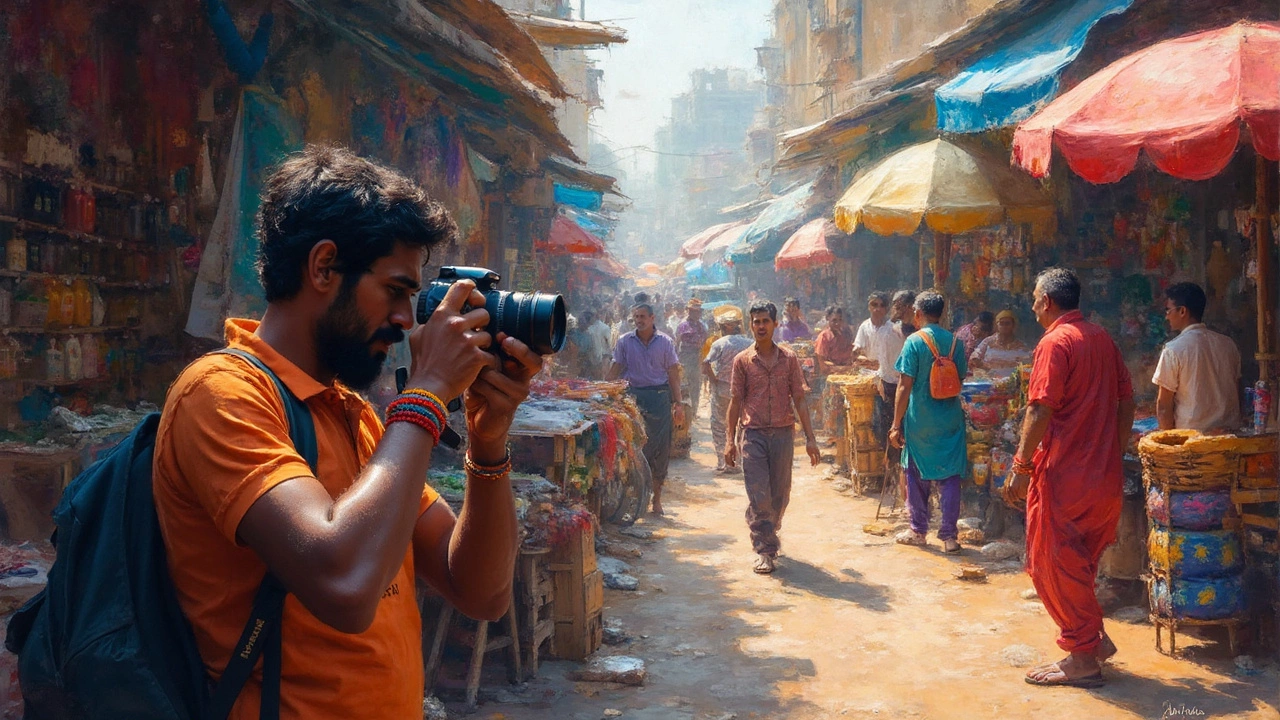
Understanding the Art Market: Why Fine Art Photographers Thrive
The fine art photography scene is thriving, and it's not just down to the incredible talent involved. The art market plays a huge role in boosting the profiles and earnings of photographers. Let’s dive into why these photographers are able to make it big in this dynamic world.
Art Galleries and Auctions
Art galleries and auctions are two crucial avenues for photographers. Galleries often showcase and sell an artist’s work to collectors. They usually take a commission, but the exposure is worth it. Think about Peter Lik, famously selling a photograph for a whopping $6.5 million!
Then there are auctions. They help in validating a photographer's work as collectible, often driving the prices even higher. Being a part of a well-known auction house could skyrocket a photographer’s career.
The Role of Art Collectors
Let's not forget about art collectors, the unsung heroes of the art market. They have an eye for potential and can drive up demand for certain photographers. The higher the demand, the higher the value of the work. Collectors often shape market trends by supporting artists they believe in.
Market Trends and Influences
The art market is sensitive to trends which influence what sells. Currently, there’s a huge shift towards digital and augmented reality art. Those blending photography with tech have a promising future. The ability to adapt and capture emerging trends can significantly impact a photographer's career.
The Power of Storytelling
What's a photo without a story? The narrative behind a photograph can significantly affect its market value. Collectors are often drawn to pieces that resonate emotionally or tell a compelling story. This connection is invaluable and can set apart great photographers from good ones.
| Year | Global Art Market Value (In Billion USD) |
|---|---|
| 2020 | 50.1 |
| 2021 | 64.0 |
| 2022 | 68.6 |
Understanding these dynamics is key for anyone looking to thrive in the fine art photography world. It's not just about taking beautiful photos—it's about understanding and maneuvering through the intricacies of the market. Keep an eye on these factors, and who knows, you might just be the next big name in fine art photography.
Aspiring to Greatness: Tips for Photographers
So you want to make it big in fine art photography? Well, it’s not just about snapping pretty pictures. To carve a name for yourself, there's a bit more to it, from honing your craft to understanding the art market. Let's break it down.
Cultivate Your Unique Style
First and foremost, finding and developing your unique style is key. It's what sets you apart in a sea of talented photographers. Spend time experimenting with different techniques and subjects to discover what truly resonates with you. Study the works of top photographers like Andreas Gursky or Cindy Sherman, not to copy, but to inspire and refine your vision.
Invest in Quality Gear—Wisely
Sure, equipment doesn’t make the photographer, but it sure helps to have reliable gear. Invest in a good camera and lens that suit your style. Don't feel pressured to buy the most expensive equipment right away. Focus on understanding composition, lighting, and your subject before splurging.
Build a Strong Portfolio
Your portfolio is your strongest selling point. It's your visual resume that potential clients, galleries, or buyers will use to judge your work. Make sure it reflects your best work and highlights your unique style. Keep it updated and tailor it if needed for different opportunities.
Learn the Business Side
Understanding the business side is crucial. Get familiar with pricing your work, contracts, and copyright laws. A little business savvy can go a long way in ensuring you're not only creating beautiful images but also making a living from them.
Network and Get Your Work Seen
It's all about who you know, right? Attend photography events, exhibitions, and join online forums or social media groups for photographers. Showcase your work physically at local galleries or virtually on platforms like Instagram or a personal website. The more people see your work, the better your chances of making valuable connections.
Be Open to Feedback and Keep Learning
Finally, always be open to constructive criticism and willing to learn. The photography world is ever-evolving, and there's always something new to learn. Take online courses, attend workshops, and be a lifelong student of your craft.
Photographer earnings are not fixed and can vary massively. According to some reports, a successful fine art piece can command anywhere from a few hundred dollars to upwards of a million. This makes understanding these tips and honing your craft crucial for aspiring photographers.
Making Your Mark: Creating Value in Your Work
Creating value in your fine art photography isn’t just about mastering technical skills, although that's a good start. It's about making a connection with your audience, telling a story through your images, and positioning yourself effectively in the art market.
Authenticity Over Perfection
People are drawn to authenticity. In a world flooded with perfect pictures, those that evoke emotion or provoke thought tend to stand out. It's not always the polished shots that become valuable, but the ones that leave a lasting impression. Be bold enough to take pictures that truly reflect your vision and voice.
Build Your Personal Brand
Your name is your brand. How you present yourself, both online and offline, can influence perceived value. Use social media wisely to showcase not just your work, but the journey behind each piece. Let your audience in on what inspires you, your creative process, and the stories behind your photographs.
Network with Purpose
Who you know can be as important as what you know. Building relationships with other artists, gallery owners, and collectors can open doors and create opportunities. Attend workshops, exhibitions, and events in the fine art photography circle. Don't just show up—engage, converse, and learn.
Trend vs. Timeless
While staying current is important, don't chase trends at the expense of your style. There's a balance to be struck between relevance and timelessness. Work that resonates deeply today can hold value for generations.
Limited Editions Add Value
Creating limited edition prints can increase scarcity and demand. When collectors know there are only a few copies of a photograph, they're often willing to pay more. Just be sure to stay true to the limits you set; it maintains trust and value.
Making your mark in fine art photography is about more than just taking great photos. It's about establishing a narrative, growing connections, and cultivating a distinctive brand presence. Keep your focus on creating work that resonates, and the value will follow.
